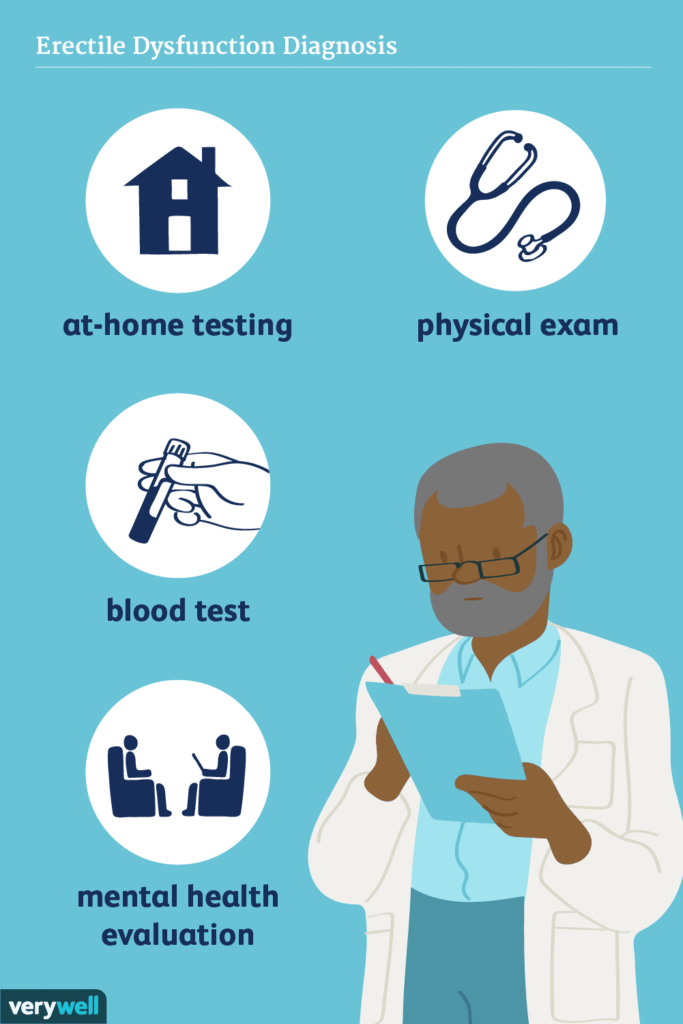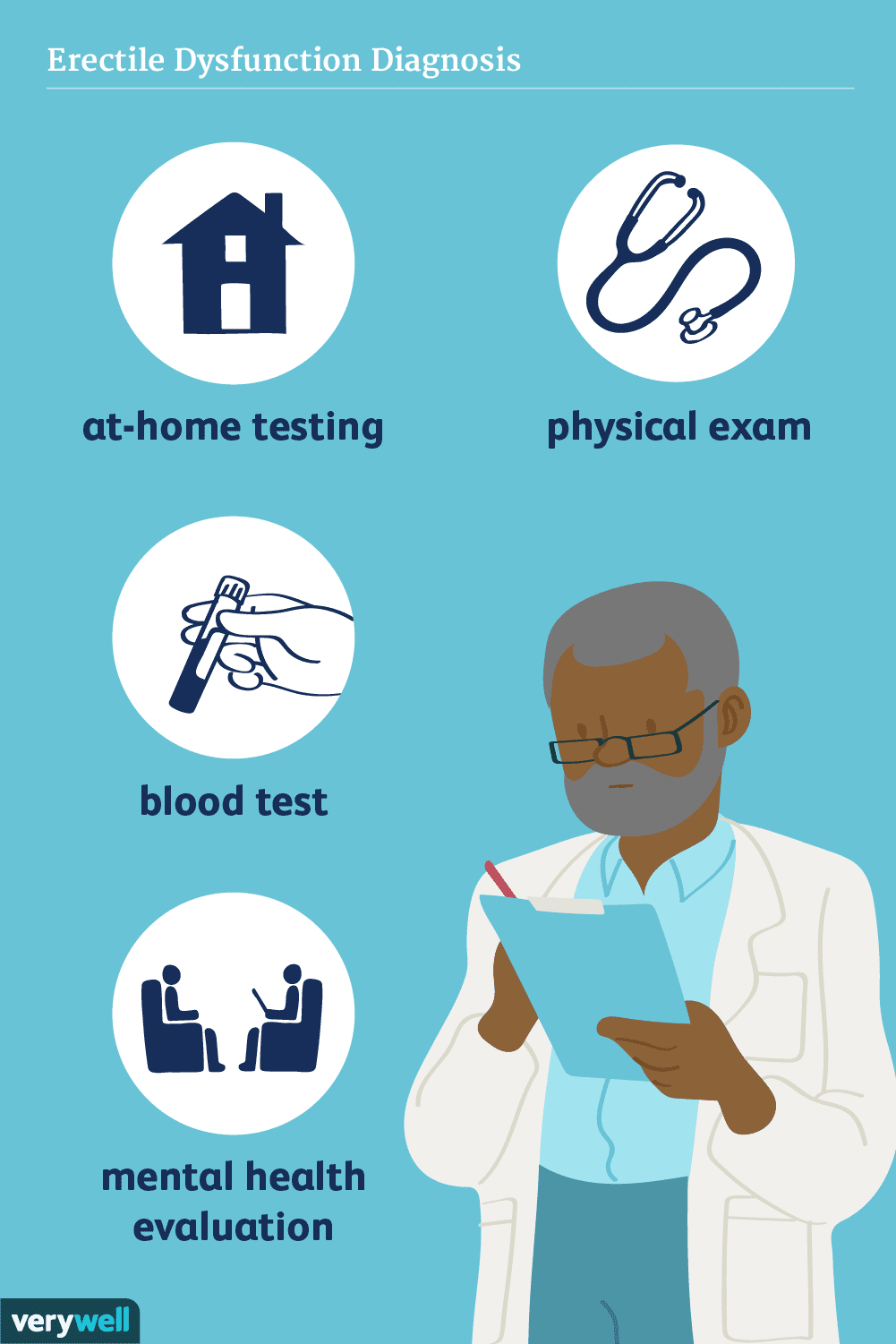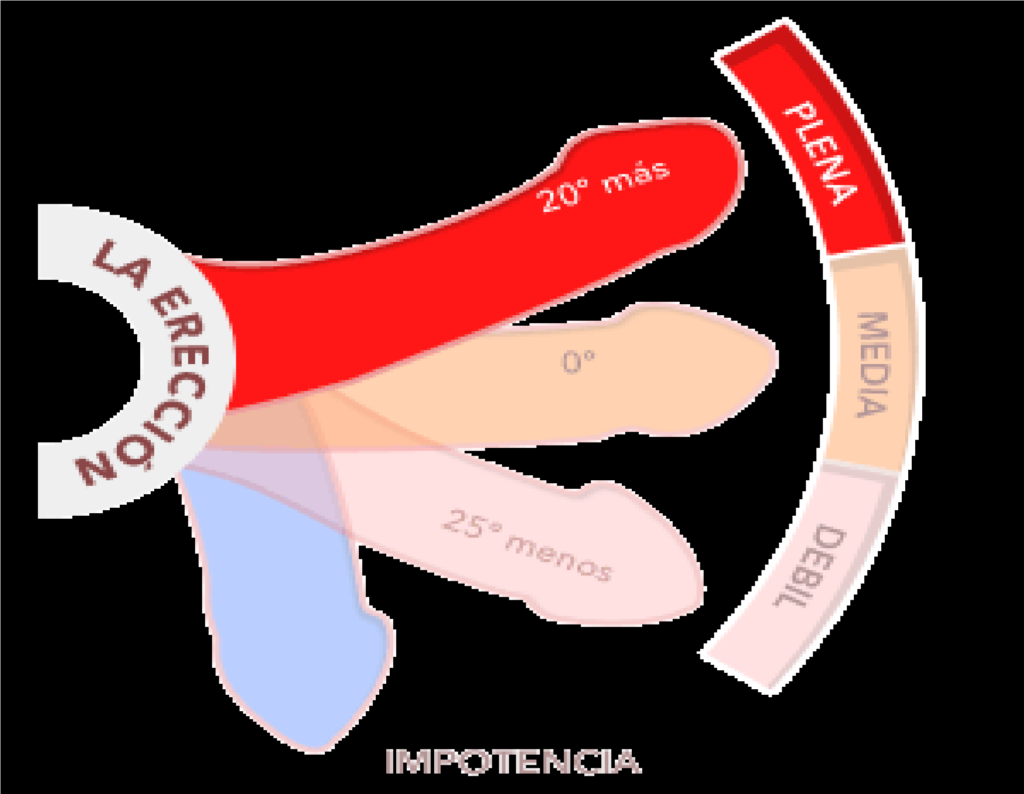Book Appointment Now
Guía Completa Sobre El Diagnóstico De La Disfunción Eréctil

[Guía Completa Sobre El Diagnóstico De La Disfunción Eréctil]

Executive Summary

This comprehensive guide provides a detailed overview of erectile dysfunction (ED), its diagnosis, and available treatment options. We delve into the causes, symptoms, and diagnostic processes, empowering you with the knowledge to navigate this sensitive health concern effectively. Understanding the various aspects of ED, from its physical manifestations to the underlying psychological factors, is crucial for seeking appropriate and timely medical attention. We explore the importance of open communication with healthcare professionals and the availability of effective treatments, ultimately aiming to improve the lives of men experiencing this common condition. This guide serves as a resource, not a replacement for professional medical advice. Always consult your doctor for personalized guidance and treatment.

Introduction
Erectile dysfunction (ED), also known as impotence, is a common condition affecting millions of men worldwide. It’s characterized by the consistent or recurring inability to achieve or maintain an erection firm enough for satisfactory sexual intercourse. While often associated with aging, ED can stem from a variety of factors, ranging from physical health issues to psychological stress. This guide aims to clarify the diagnostic process involved in identifying the root cause of ED, enabling men to make informed decisions about their health and seek appropriate treatment. Understanding the diagnostic process is the first step towards regaining sexual confidence and well-being.
¿Qué es la Disfunción Eréctil?
This frequently asked question addresses the fundamental nature of ED. Many men are unsure about the nuances of the condition, blurring the lines between occasional difficulty and a diagnosable condition.
¿Cómo se diagnostica la disfunción eréctil?
This FAQ outlines the various diagnostic tests and procedures that a doctor might employ. Understanding the steps involved helps men prepare for appointments and feel more comfortable discussing sensitive issues with their healthcare provider.
¿Cuáles son los tratamientos disponibles para la disfunción eréctil?
This FAQ highlights the range of treatment options available, emphasizing that ED is a treatable condition and there’s no reason to suffer in silence. It also encourages readers to actively participate in their treatment plan.
Causas de la Disfunción Eréctil
ED doesn’t appear out of thin air; it often arises from a complex interplay of factors. Understanding these underlying causes is crucial for effective diagnosis and treatment.
- Factores Físicos: Conditions like diabetes, heart disease, high blood pressure, and high cholesterol can damage blood vessels, impairing blood flow to the penis. Obesity and smoking further exacerbate these issues.
- Medicamentos: Certain medications, including antidepressants, antihypertensives, and tranquilizers, can have ED as a side effect. Always discuss potential medication side effects with your doctor.
- Trastornos Hormonales: Low testosterone levels can significantly impact libido and erectile function. A simple blood test can determine testosterone levels.
- Problemas Neurológicos: Conditions affecting the nervous system, such as multiple sclerosis or spinal cord injuries, can interfere with nerve signals necessary for erections.
- Enfermedades Vasculares: Narrowed or blocked arteries can reduce blood flow to the penis, leading to ED. This is often linked to cardiovascular health.
- Lesiones: Pelvic injuries or surgeries can damage nerves or blood vessels affecting erectile function.
Síntomas de la Disfunción Eréctil
Recognizing the symptoms is the first crucial step towards seeking help. Often, men hesitate to discuss these issues, delaying diagnosis and treatment.
- Incapacidad para lograr una erección: The inability to achieve an erection firm enough for sexual intercourse is a primary symptom.
- Dificultad para mantener una erección: Even if an erection is achieved, it may be difficult to maintain it throughout sexual activity.
- Disminución del deseo sexual: Reduced libido can often accompany ED, indicating a broader hormonal or psychological issue.
- Eyaculación precoz: Although not always directly related, premature ejaculation can sometimes be associated with ED.
- Falta de confianza en la cama: ED can severely impact self-esteem and lead to relationship difficulties. Addressing the underlying condition can improve confidence.
- Ansiedad o estrés relacionado con el sexo: Psychological factors often play a significant role, making open communication with a partner crucial.
Pruebas de Diagnóstico para la Disfunción Eréctil
A thorough diagnostic process is essential to pinpoint the underlying cause of ED. Your doctor will conduct a series of assessments to determine the appropriate treatment strategy.
- Historia Clínica Completa: This includes a detailed account of your medical history, current medications, lifestyle factors (smoking, alcohol, exercise), and sexual history. Be as open and honest as possible.
- Examen Físico: A physical exam assesses your overall health and checks for any physical problems that could be contributing to ED.
- Análisis de Sangre: Blood tests are used to measure hormone levels (testosterone), cholesterol, and blood sugar, identifying potential underlying medical conditions.
- Estudios de Flujo Sanguíneo: Tests like Doppler ultrasound assess blood flow to the penis, helping determine if vascular issues are a contributing factor.
- Pruebas de la Función Nerviosa: These tests evaluate nerve function, identifying neurological problems that could be impacting erectile function.
- Estudios Psicológicos: In some cases, psychological evaluations might be recommended to assess the role of anxiety, depression, or relationship issues.
Tratamientos para la Disfunción Eréctil
Numerous effective treatment options exist for ED, ranging from lifestyle changes to medications and surgical interventions. Finding the right treatment requires a collaborative approach between patient and doctor.
- Cambios en el Estilo de Vida: Losing weight, quitting smoking, reducing alcohol consumption, and exercising regularly can significantly improve erectile function.
- Medicamentos Orales: PDE5 inhibitors (like sildenafil, tadalafil, vardenafil) are commonly prescribed medications that increase blood flow to the penis.
- Inyecciones Intracavernosas: Medications are injected directly into the penis to stimulate an erection.
- Dispositivos de Vacío: These devices create a vacuum around the penis, drawing blood in and causing an erection.
- Cirugía: In some cases, surgical options like penile implants or arterial reconstruction may be considered.
- Terapia: Psychotherapy can address psychological factors contributing to ED, such as anxiety and performance issues.
Conclusión
Erectile dysfunction is a prevalent condition, but it’s far from an insurmountable problem. This guide provides a thorough understanding of the diagnostic process, empowering you to take control of your health and seek appropriate medical attention. Remember that open communication with your healthcare provider is crucial. Don’t hesitate to discuss your concerns and explore the various treatment options available. With the right approach, you can effectively manage ED and maintain a fulfilling sexual life. Early intervention is key to preventing long-term complications and improving your overall well-being. Take the first step towards better health today by scheduling an appointment with your doctor.
Keyword Tags
Disfunción eréctil, diagnóstico de la disfunción eréctil, tratamientos para la disfunción eréctil, causas de la disfunción eréctil, síntomas de la disfunción eréctil


